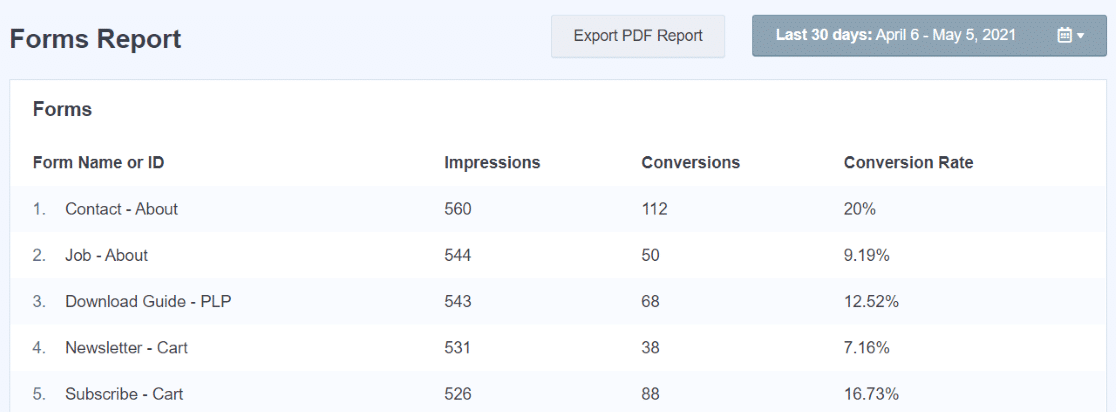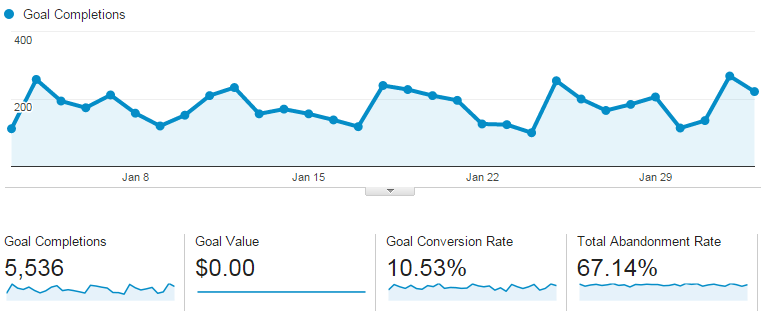Figure out What Data Is Google Analytics Goals Unable to Track
Figure out What Data Is Google Analytics Goals Unable to Track
Blog Article
Demystifying Google Analytics Limitations: Reveal What Data Goals Can not Track
In the realm of electronic analytics, Google Analytics stands as an effective device that gives valuable insights into internet site efficiency and customer habits. Among its abilities, there exist limitations that often go undetected. Recognizing what Google Analytics can not track is important for a detailed understanding of data interpretation and decision-making processes. From the details of individual interaction with dynamic material to the complexities of cross-device individual journeys, these constraints dropped light on areas that might stay covered from conventional analytics viewpoints. By untangling these constraints, a more clear photo arises, enabling for more informed techniques and refined insights into individual interaction and conversions.

Customer Interaction With Dynamic Material
Individual interaction with dynamic material plays a critical duty in understanding customer behavior on websites and enhancing the overall customer experience. Dynamic material refers to elements on a page that can change without the requirement for a full web page reload. This consists of interactive components such as pop-ups, sliders, kinds, and video clips that respond to customer activities in real-time. By tracking individual interactions with dynamic web content, web site owners can get useful insights into individual interaction, preferences, and habits.
Google Analytics supplies numerous tools to track individual communications with dynamic material, such as event tracking and virtual pageviews. Event monitoring permits you to keep an eye on specific customer activities, like clicking a switch or watching a video clip, giving information on how users interact with vibrant aspects.
Cross-Device User Journeys
How can modern analytics tools track the complex paths users take across several gadgets in their online trips? Cross-device user trips offer a significant obstacle for tracking and examining individual actions accurately. As individuals engage with web sites or applications using various devices such as tablets, desktop computers, and smart devices, it becomes important to recognize exactly how they relocate in between these systems to maximize customer experience efficiently.
Google Analytics encounters restrictions in tracking cross-device user journeys because of privacy concerns and technological restraints - what data is google analytics goals unable to track. While it can supply understandings into specific gadgets' communications, tracking a seamless individual trip throughout several gadgets continues to be a difficulty. This restriction can result in incomplete data and fragmented user understandings, making it challenging for services to develop a unified view of the consumer trip
To resolve this concern, organizations can make use of sophisticated analytics devices that offer cross-device tracking capacities, enabling them to acquire an extra holistic understanding of individual habits. By leveraging these devices, businesses can bridge the gap in tracking cross-device individual journeys and optimize their electronic methods for a seamless customer experience.
Offline Conversions and Attribution
As companies browse the difficulties of tracking cross-device user trips, another pivotal element to take into consideration is the realm of offline conversions and attribution in the realm of data analytics. While Google Analytics supplies beneficial understandings into on-line individual actions, it falls short when it involves tracking conversions that happen offline. This constraint positions a considerable difficulty for organizations that have both online and offline sales networks.
Offline conversions, such as purchases made in physical shops or with call centers, are essential to understanding the total customer trip. Without the ability to connect these offline conversions to certain on-line interactions, businesses might struggle to accurately gauge the influence of their digital advertising and marketing efforts.
To address this gap, services can check out alternative services such as integrating CRM systems with on-line analytics tools or utilizing one-of-a-kind coupon codes that can be mapped back to online campaigns. By linking the space in between online and offline information, companies can obtain a more thorough understanding of their consumers' habits and boost their overall advertising and marketing strategies.
Individual Individual Recognition
In the world of data analytics, the ability to precisely identify specific customers throughout different online touchpoints is a crucial obstacle for companies seeking to personalize and optimize their advertising methods. While Google Analytics offers useful understandings right into individual behavior and communications, it read this post here falls brief in allowing the recognition of particular people due to privacy problems and technical restrictions. Google Analytics uses one-of-a-kind identifiers such as cookies to track user sessions and actions, but these do not relate to determining individual users in an individual sense.

Data From Secure Pages
Regardless of the enhancing frequency of safe pages on sites, obtaining information from these encrypted sources offers a distinct obstacle for digital analytics platforms like Google Analytics. Protect pages, suggested pop over to this site by HTTPS in the link, encrypt information exchanged in between the customer's web browser and the internet site's server to make sure privacy and safety. While this encryption is crucial for safeguarding delicate information, it also postures restrictions for tracking customer actions and gathering analytics data.
Google Analytics faces barriers in collecting comprehensive details from safe web pages because of the encryption protocols in location. Consequently, certain data points such as reference resources, keyword searches, and also some user interactions may not be totally caught when individuals access an internet site through a protected connection. This constraint can affect the precision and efficiency of the data analysis, bring about voids in understanding customer actions and preferences on safe web pages.
To browse this challenge, digital experts might need to discover alternative tracking techniques or leverage other tools particularly created to collect insights from safe pages. By adjusting approaches to accommodate these constraints, businesses can still obtain valuable analytics in spite of the restrictions presented by encrypted connections.
Conclusion
In final thought, Google Analytics has restrictions in tracking customer interaction with vibrant material, cross-device customer trips, offline conversions, specific user recognition, and data from protected pages. Regardless of its beneficial insights, Google Analytics might not offer a full picture of customer involvement across different touchpoints.
User interaction with vibrant content plays a crucial function in understanding individual actions on sites and maximizing the overall user experience. By tracking customer interactions with vibrant material, website owners can get valuable insights right into customer interaction, preferences, and actions.
Google Analytics uses distinct identifiers such as cookies to track individual sessions and behavior, yet these do not equate to identifying specific customers in an individual sense.
As an outcome, specific information factors such as referral sources, keyword searches, and even some individual communications may not be totally recorded when users access a site with a safe and secure link.In final thought, Google Analytics has constraints in tracking customer communication with vibrant content, cross-device individual trips, offline conversions, specific customer recognition, and information from secure pages.
Report this page